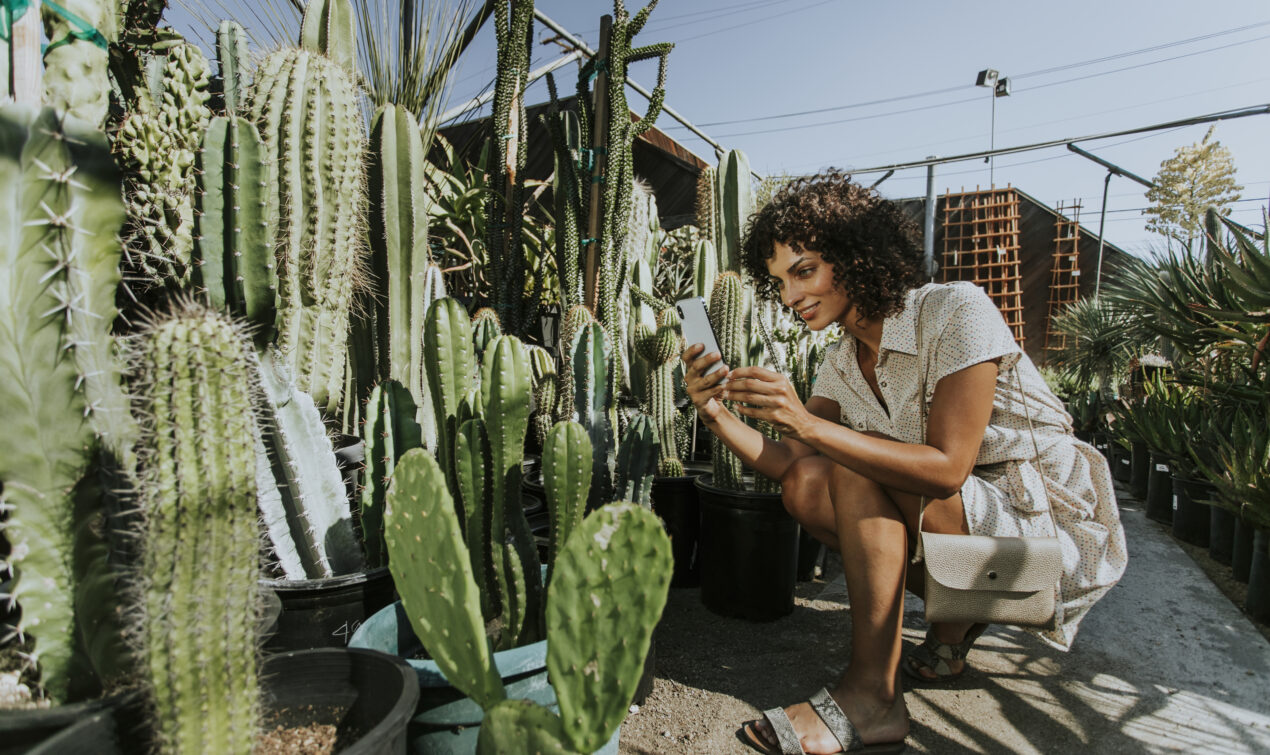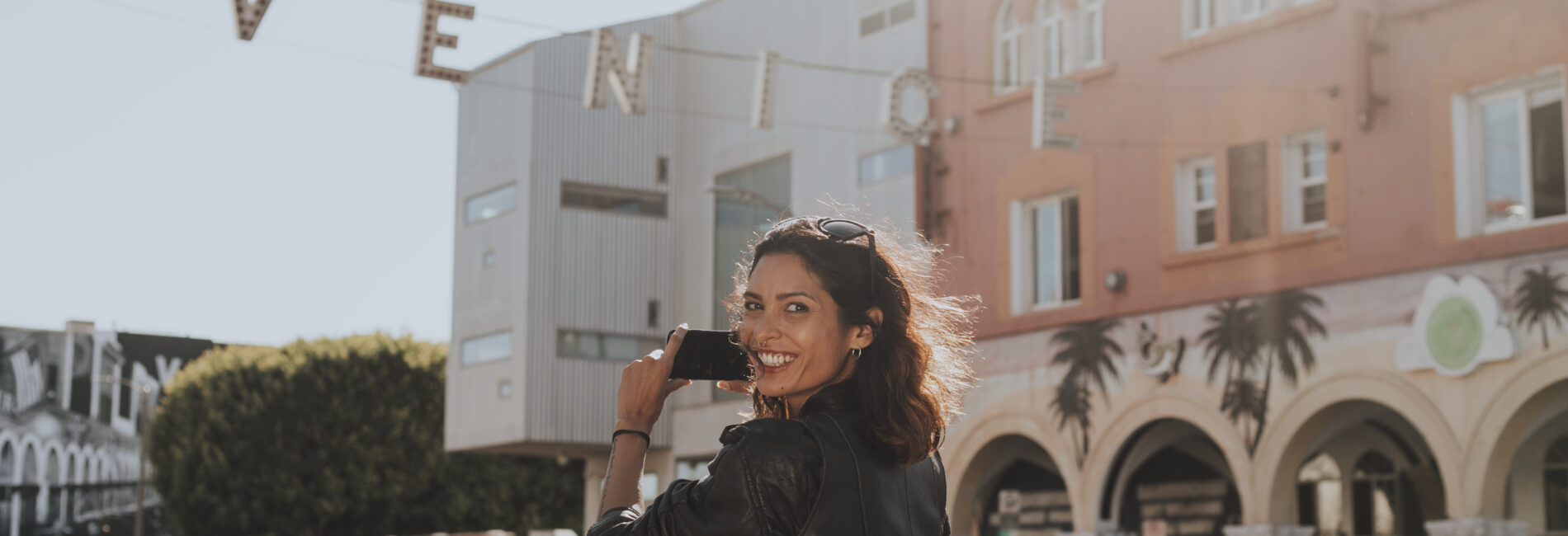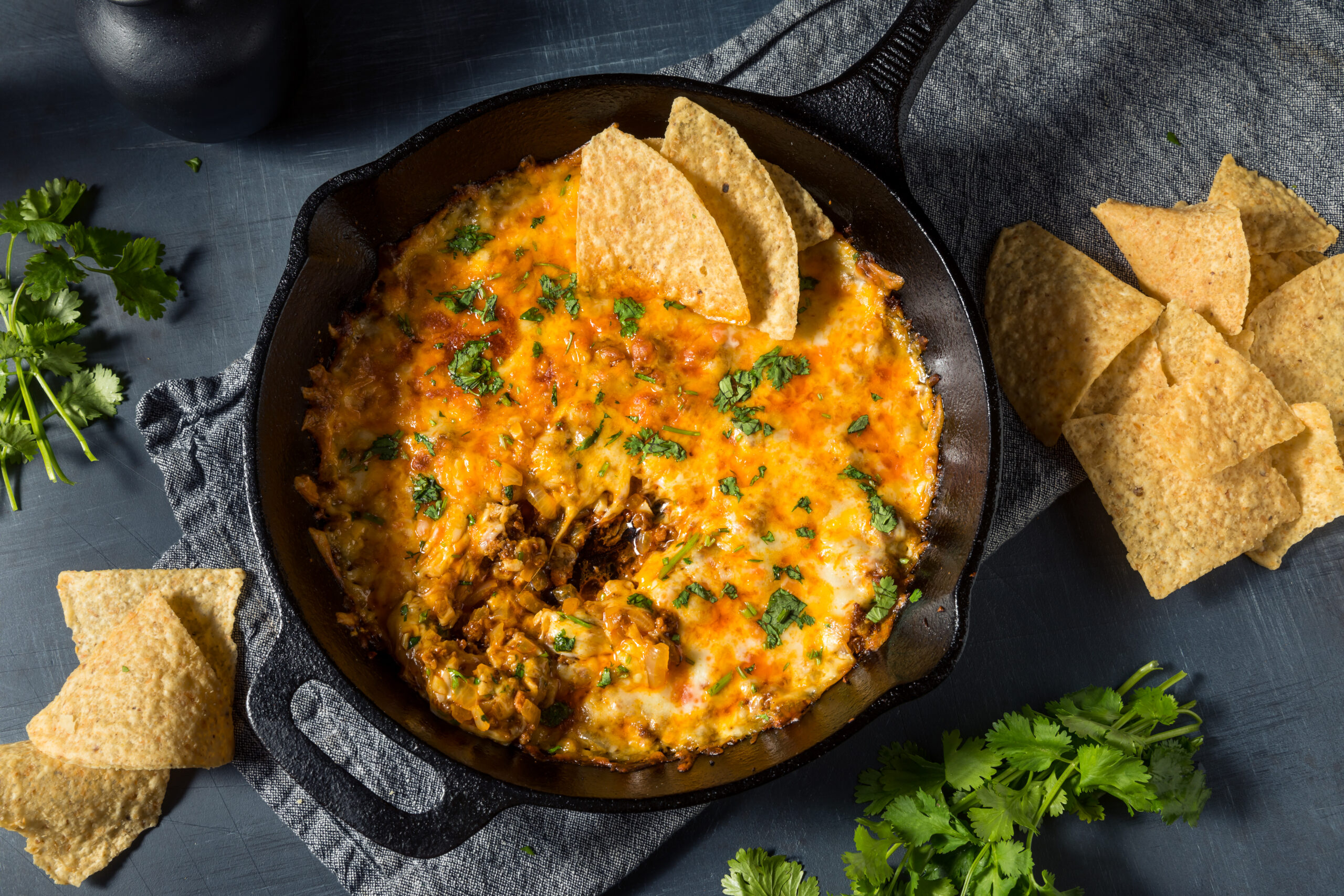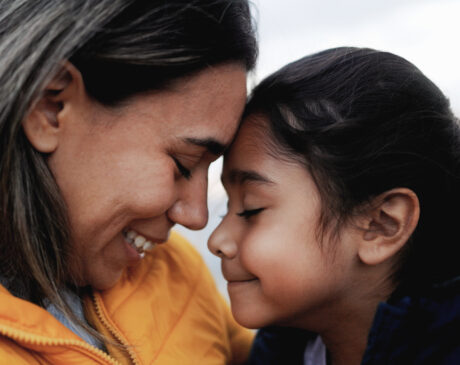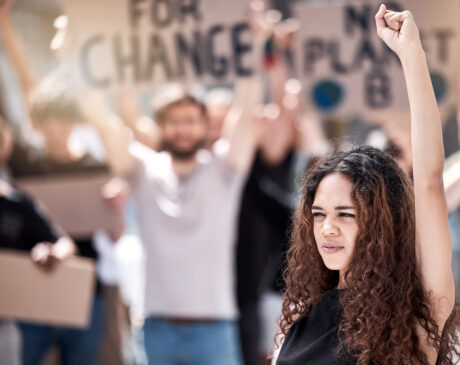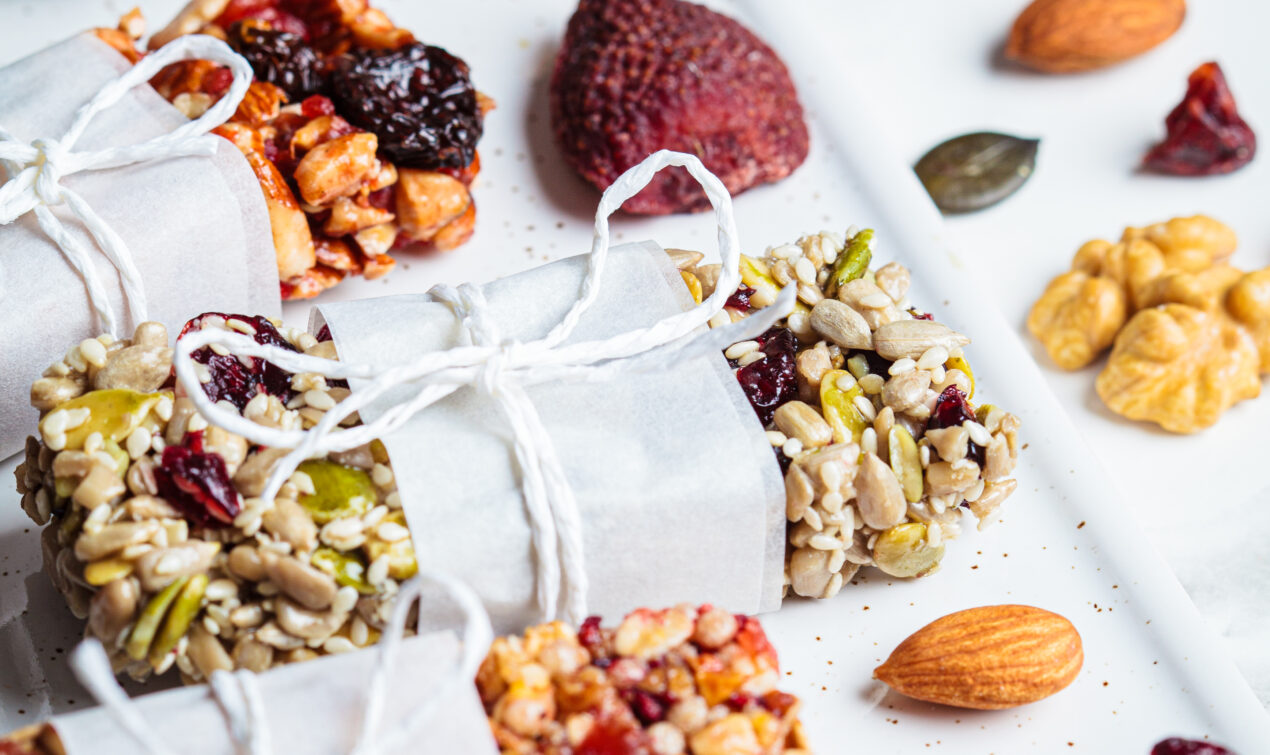Being of mixed race should not be something that forces us to pick a side of our own identity
After taking a Latinx/Chicanx course in college, I was assigned a creative project where we discuss one of the many aspects we’ve learned from the class by applying it to a medium of expression that helped us identify cultural gaps in modern day society. This letter was sent to a stranger, as I found it easier to express my own curiosity and truth through a conversation about growing up in America to a family that assimilated as a means of thriving and surviving in a hostile world.
(Please note that family names have been changed for privacy purposes.)

Dear Whomever Reads This Letter:
I am writing this letter to express a newfound sense of self identity. My name is Aurora Escobosa and I was born in Santa Monica, California to a first-generation Mexican Spanish American father and a Welsh American mother. I am a writer by profession, an entrepreneur, a mother, social justice activist, and most important, a mixed-race woman (la mestiza) in America. Growing up, the most access I had to my heritage lived on through my dad’s parents, my abuelitos, and the small but profoundly impacting expressions they shared with me at a young age. My abuelo (grandpa) would play music on their larger-than-life record console. It was its own piece of furniture that sat front-and-center of their living room, showcasing the value and passion both he and my abuela (grandma) had for music; a love and passion that would be instilled in me as well. He played an eclectic array of music from Afro-Cuban, ranchero, and Mexican ballads, while my grandmother would play music that was rich in Spanish guitar, classical piano, all of the crooners, and Mel Torme.
The number of Latinos, which includes people of any race, was 62.1 million in 2020 — a growth of 23%.
Russell Contreras Russell Contreras Yacob Reyes
It was happiness listening to the music with them, especially if we were lucky enough to hear my abuela sing. Once upon a time, she sang on the radio in Mexico (a story for another time). The other ways my abuela kept Mexican and Spanish culture alive for me was through food. She wasn’t a gourmet cook, but it was the simplistic dishes that she put her own spin on that forever left a mark on me. Her French Toast is the stuff of legends, and she would spend hours making homemade enchiladas (which are subsequently my go-to dish to make for big gatherings).
When in the kitchen, my abuela rarely spoke English. She would talk to her many gatos (cats) in Spanish, sing in Spanish, and if I walked in as a little girl, the first thing she’d say is, “hola muñeca” (doll).
She’d hand me a spoon, get a step stool, and ask me to stir. It made me so happy to share in those moments because it was a time I felt seen and understood. That period of my life was the only period of my childhood that introduced Mexican and Spanish culture to me. In fact, rather than teach us Spanish, my father and grandfather demanded we only speak English as a way to show respect for American culture. My grandmother broke that rule by introducing me to telenovelas, so basically I learned how to speak Spanish with a lot of melodrama!
As I grew up, the lack of cultural influence in my dad’s home was evident in every way. He continued to only speak English (unless he was angry), and one day when I asked why, he said that’s just the way it has to be. No further explanation. But I remember being about ten years old, sitting on the stoop of our stairs as he talked to my stepmom about these racists who called him two awful derogatory terms: beaner and wetback. I didn’t really understand what that meant so I asked my grandfather. When he told me those were words created by ignorant people, and that what they really needed was an education in our history, I remember being angry someone dared to say those things to my dad. Obviously, as a child I didn’t comprehend the magnitude of those words, but fast forward four decades later and I am only just now understanding the roots of that statement, and how they are steeped in a colonializing mindset (Arce Ventin, Decolonization: Towards A Decolonial Approach in Latin American Theology) that is riddled with deeper roots to white supremacy and racial capitalism (Howard Zinn, A People’s History of the United States).
In the absence of my culture, I relied heavily on the resources available to me. As a teenager my abuelo would take me to Olvera Street to listen to live mariachi music (his favorite) and we would wander around the Mexican market. As we did, he would tell me stories about Chichuaha, Mexico where he was born, and between he and my abuela, they told me just enough to keep me curious about where I come from. It wasn’t until this year that I discovered so much about my cultural roots that it reaffirmed my deep desire to share my culture, better understand the struggles and hardships endured by those before me and those today, as well as representing the things American influence took away from many families like mine. Now that I have a child of my own and two stepchildren, my longing to share what I can with them is ever-present. I also want to recognize the ways in which my culture has failed its people, by the assertion of machismo—a male dominating hierarchy, the impractical application of religion to dissuade those who identify as LGBTQ+ (Mario T. Garcia, The Chicano Movement: Perspectives from the 21st Century), and the insensitivity of how those who are mixed race in America are treated as if they are not Hispanic enough (Gloria Anzaldua, Borderlands/La Frontera.)
"The world is not a safe place to live in. We shiver in separate cells in enclosed cities, shoulders hunched, barely keeping panic beneath the surface."
— Gloria Anzaldua
In the book by Gloria Anzaludua (Borderlands/La Frontera, Chapter 2, Momientos de Rebeldia), she writes, “The world is not a safe place to live in. We shiver in separate cells in enclosed cities, shoulders hunched, barely keeping panic beneath the surface.” This illuminates the feeling of being mixed race in America and how one may always feel like a stranger in a foreign land, regardless of the choice to assimilate. Assimilation is an act of courage, but the repercussions are often a lifetime of longing to feel as if one belongs. Beginning with the migration of those coming from Latin America to the United States by way of transnationalism (Hernández, City of Inmates, Ch. 5: Caged Birds), the flows and exchanges that take place between borders, in keeping with the lectures and readings from this course, we must first look at the Bracero Program (Hernández, 2009, Mexican Immigration to the United States). The Bracero Program was positioned as an opportunity for Mexican migrant workers to make money by working in the fields in America in what is referred to as agribusiness. The promise of shelter, food, and income lured millions of migrant workers to the borders for a chance to make enough money to send back to their families in Mexico in hopes of economic growth and more financial stability. The program began in 1942 and lasted for twenty-two years, ending in 1964. During that time, migrant workers quickly learned that they had been exploited, many subjected to cruel forms of abuse by those running the farmlands and recruiting men of all ages. Workers were stripped down to nothing, sprayed with pesticides, denied water, proper access to food, and their living conditions were remnant of concentration camps (tin houses with stacked cots, little ventilation, little food and water, and dirt everywhere).
As a mother of a transgender son, my life —and my son’s—has changed dramatically. I suppose I should start with the latter. While my son was born as a biological female, he has always felt more like a boy, and these past three years as he moved through adolescence (ages 14-16), we sought therapy because he began experiencing severe anxiety, depression, and what we’ve come to know as gender dysphoria which led to suicidal ideation.
I am an advocate of LGBTQ+, so what was most important to me and my son’s dad is saving his life and making sure he knows he has all the support he needs to live his truth. His story makes me think of the extraordinary trans activist, Sylvia Rivera. Her story was fraught with challenges, and yet her commitment to standing up for the trans and drag community was instrumental in her uprising at Stonewall in 1969. If you know nothing about her, she was a champion of equality and she had a hard life, but she opened her heart to create safe havens for LGBTQ+ youth. Rivera knew the Latinx community took issue with her lifestyle, and she used it as motivation to educate others on gender identity. She was a fearless advocate for allowing kids in her community, as well as everyone who identified as trans, to feel safe in their expression of self. I really love that about her and the legacy she left behind. While Rivera is a worthy hero in Puerto Rico and Venezuela, she represented a larger idea that being trans or dressing in drag was not all that defined you, nor did it void the beautiful aspects of her Latina heritage.
The downfalls of growing up in a Mexican Spanish household include knowing my father was intolerant of the LGBTQ+ community and didn’t approve of that “lifestyle”; he regularly leaned into the aspects of superiority and machismo, and his efforts to appear less Mexican became the way he lived his life. He assimilated to a white-leaning life, and used biblical text as a way to justify his “loving the sin, but not the sinner”. We stopped talking a few years ago, and my dad has no relationship with my son. Despite growing up with two gay cousins that he loved dearly, my father always prefaced how wonderful both men were with a disclaimer that he didn’t agree with their “lifestyle choice”. That statement has always sickened me. It’s invalidating and narrow-minded, and most importantly, highly inaccurate. That saying is a perversion of faith and something that does seem to be embedded into Latin American culture, especially in Catholic and Christian ties to Mexican culture. As a result of the ignorance often plagued by outdated ideals and prevailing white supremacy in this nation, the void of not knowing about what my people have been through, nor understanding how many other mestizas feel just like me, I have felt displaced the majority of my life. I don’t want my children to experience that same sense of displacement. There is a term in psychology called masking, which means pretending to be something you are not to appease others or to hide your true self from others. I have spent the majority of my life feeling like I have masked my Mexican-ness, my Spanish-ness, and in its stead, I managed to lose so much of myself in the process because I couldn’t figure out where I belonged in a sea of cultural uncertainty.
I was raised by a father that assimilated because his parents had seen the ugly side of discrimination and the catastrophic repercussions of crimmigation by exploiting the intersectionality of an individual (The Bracero Program, Reverse Freedom Rides, The Great Migration). That term, crimmigation, was coined by a sociologist named Patricia Macias-Rojas when she saw the parallels of how the laws were not extended to those who were committing crimes against it. Her findings showed that Black and Brown immigrants, even those who are here legally, are imprisoned at a disproportionate rate to their white counterparts. “No hay peor ciego que el no quier ver,” encompasses this as honestly and starkly as one can. The quote means that, “There is no worse blind man than he who wishes not to see.” While I could write this letter until it became a novel, I must close saying that assimilation has become the catalyst for losing our connection to where we come from. While many la mestizas like myself call America home, we are all hoping to exist in the presence of the many cultures that make up who we are.
This Ethnic Studies course on Latinx and Chicanx history has taught me about my own heritage, given me a more explored compassion for my father, and opened my eyes to the sacrifices so many of our people have made, including my father and grandparents. I may never fully understand why my dad continues to stray away from his roots, but I now have more empathy than I did prior to taking the course. He grew up in a time of social revolution, he was rebellious and proud, but somewhere along the lines, he left a chunk of his cultural heritage behind. Thankfully he defied rules when he married my mom just a short while after it became legal for mixed race couples to wed. My sisters and I are here because of that subtle defiance. I’m beyond grateful for the things he taught us; that he showed us how to be strong, stand up for ourselves, and work really hard. Somewhere along the line, he chose to act more “white” and deny himself the beautiful diversity that being Mexican and Spanish gave him, but once in a while, whether he lights up speaking Spanish at a rare and infrequent family gathering, I have seen glimpses of his Hispanic and Latin pride rear its head and for now, that has to be enough.
Sincerely,
Dawn Garcia
